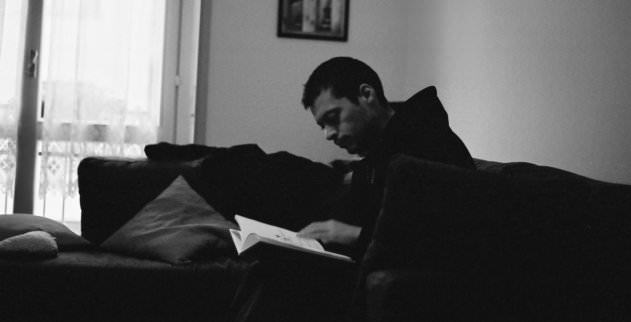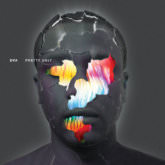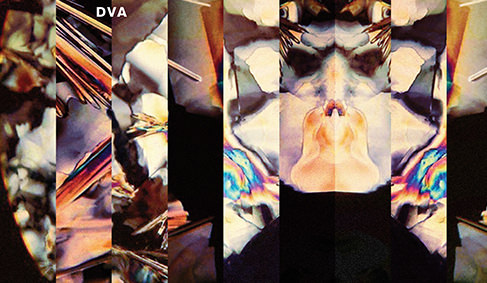Manuel Sepulveda designs sleeves for the likes of Hyperdub, Warp and Planet Mu under his alias Optigram. In our regular series examining jobs in and around music, we find out what’s involved in being a record sleeve specialist and the best way to get started in the industry.

Name
Manuel Sepulveda (aka Optigram)
Place of work
Home
Job
Designer
How long have you had the job?
Probably too long to spend on one job.
What does a typical day involve?
I don’t really have typical days, which I guess is the reason I’ve been happy to continue doing this kind of work for as long as I have. I’ve almost always been freelance so the work has varied a lot.
The commissioning process varies. Sometimes there’s a loose brief, sometimes the brief is quite specific although that is fairly rare. Usually I’m just asked to come up with something myself.
All projects will have a period of research and/or brainstorming before I start creating the design. Usually I’ll start from scratch but a few times in discussions with the artist I’ll realise that what they’re after is similar to something that I’ve already done and so I’ll show them to see if they’re into using it.
I always listen to the music first. The artwork has to chime with the music. It’s not enough to just come up with a good image – the image has to relate to what the person is listening to and be a part of that world.

DVA – Pretty Ugly (Hyperdub, 2012)
Once I’ve come up with an idea there might be further conversations with the client to make sure we get the best from that idea.
Highs of the job?
Designing a record sleeve is quite different to other areas of print design work. There’s less emphasis on layout design and more on creating a memorable image. The advantage of doing something like a record sleeve or a book cover is the freedom it usually gives you to explore your feelings about the work.
I still get a kick out of having the finished article in my hands, and it’s great when the project is launched and other people get to see it.
Lows of the job?
Well, there have been several times where the first thing I’ve presented to the client hasn’t been liked. I always talk to them to explain why I’ve done it the way I have and see if they can be persuaded, or if not then understand what it is they don’t like and make changes. Sometimes it’s actually just a small thing and all it needs is a tweak and then they’re happy. Other times I just have to do something new. Most often though I just leave it with them for a few days. Perhaps a week later they’ll email me back and they’ll have read something into it that helps them connect with it and it gets approved. Just like music, some things need a while before they grow on you.
Being freelance, cashflow is always potentially a major problem and sleeve design work alone can’t pay the bills these days. For over a decade record label artwork budgets have really been slashed. Even before that you’d still have wanted to find non-music clients in order to make a living. Now it’s essential. Record label work is only about half of what I do, but it’s probably the most widely seen.
I always listen to the music first. The artwork has to chime with the music.
Who are the people who’ve had the biggest influence on your career and why?
Just talking about record sleeve design: although I don’t think their work has aged well, The Designers Republic was an early influence. But often I felt their distinctive style got in the way of the music and so I wanted my work to be different and be more sympatheic to the music.
Also, studios like Hipgnosis have been an inspiration. But my biggest influences come from outside of record sleeve design, be they illustrators, architects, artists or cinematographers.
How did you get the job?
I’ve never been good at promoting myself to get work. Almost all the work I’ve done is from people asking me if I want to design something for them. I’m always happy to be asked.
How can we get your job?
Ideally, make connections with musicians and record label owners. It’s all about who you know. Without those personal connections it’s very difficult to get your foot in the door. A lot of designers currently working for record labels are involved in music in some way themselves and so they are already in that environment.
Failing that, make sure your work is unlike anyone else’s. At the end of the day, uniqueness is the most important thing to get you noticed and commissioned.
Click to the next page for a selection of Optigram’s work…
